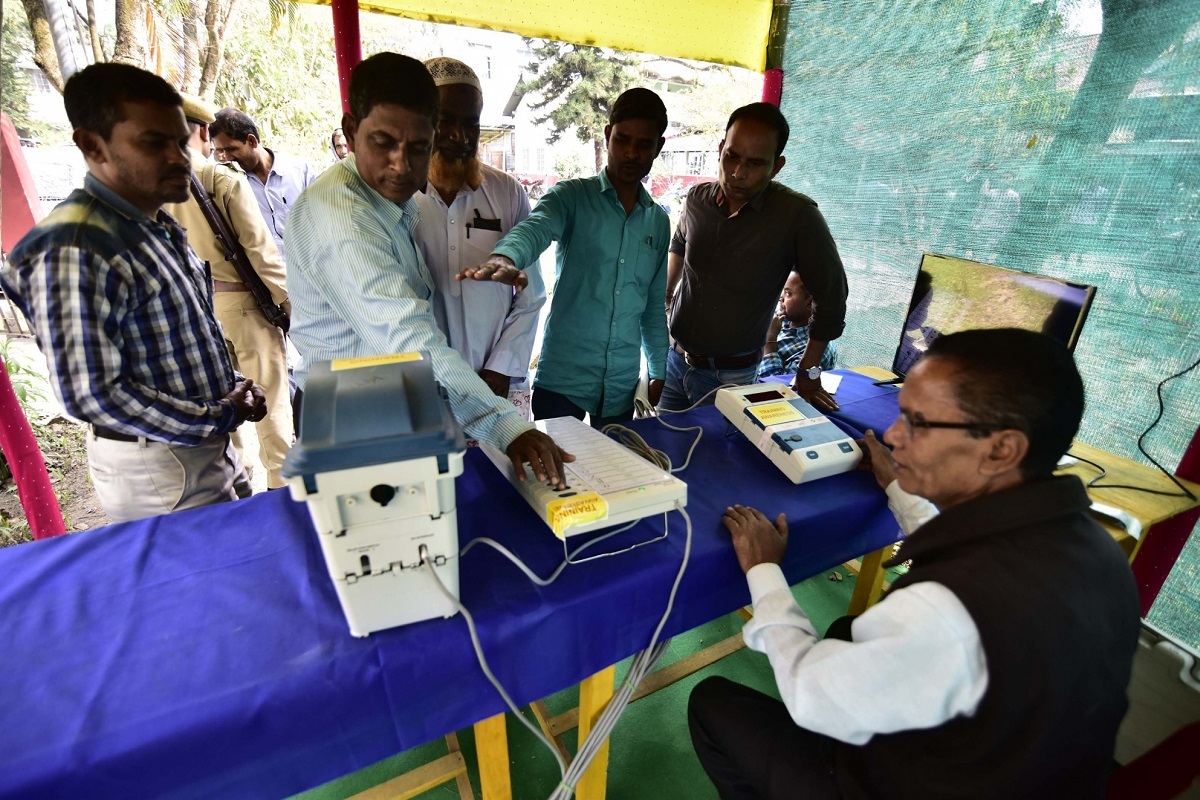As India celebrates its great tradition of universal adult suffrage and with the electorate in the country (electoral rolls in January 2019) of around 900 million, up by 84 million from the 814.5 million registered voters in 2014, two fundamental issues crop up. The first is of the millions being excluded from the process and the categories being thus disenfranchised. Informed estimates say that some 52 million voters will not find their names on the voters’ list, signifying that the ballots are clearly not voting for these Indians. The mammoth numbers have been calculated from the 2018 electoral rolls that suffered from an undercount of around six per cent. Researchers established that there should have been 931 million eligible voters, while 878 million were recorded. Commendable work has been done in this field by the Janagraha Centre for Citizenship and Democracy and, combining the result of its studies along with census figures, data from the Election Commission of India (ECI) and chief electoral officers from different states, a discernible decrease in electoral counts vis-à-vis the census numbers becomes evident. This is true of 12 of 14 states for which data was available in public domain; under representation being the highest in the lowest age group and booth-level training being found to be woeful.
It is difficult to accept the argument that low voter registrations amongst the young ~ ECI data shows a substantial fall here ~ is prompted by voter disinterest; it may well be on account of the ECI’s inability to tackle these burgeoning additions to the first-time-voter ranks. ECI data shows that the registered 18-19 group comprises 1.66 per cent of the total electors. Clearly booth level officers are overwhelmed by the size of the task, made herculean by the new-found need to link them with Aadhaar documentation. It is nobody’s case that this is not a complex business that demands painstaking attention to detail but the failure to register even one willing voter represents the violation of a democratic right. Curiously, this decline reverses earlier trends of the voter count moving up faster vis-à-vis the census counts; by as much as 10.2 per cent in 1999. This reversal could be explained by removal of the names of the dead (or not so dead) and the duplicates, courtesy careful scrutiny. Nearly two per cent of Telangana’s voters were thrown out of the rolls. Because of Aadhaar linkage issues, according to responses obtained under the Right to Information Act, names were struck off the rolls without anyone cross-checking the ground realities. The more sinister finding is that women and, in some areas, Muslims, are the worst afflicted by this voter registry correction or purge, as the case might be. It is one thing for political parties to commit perjury while swearing commitment to the people of India; it is another to take away the only right that some poor Indians have.
Advertisement











